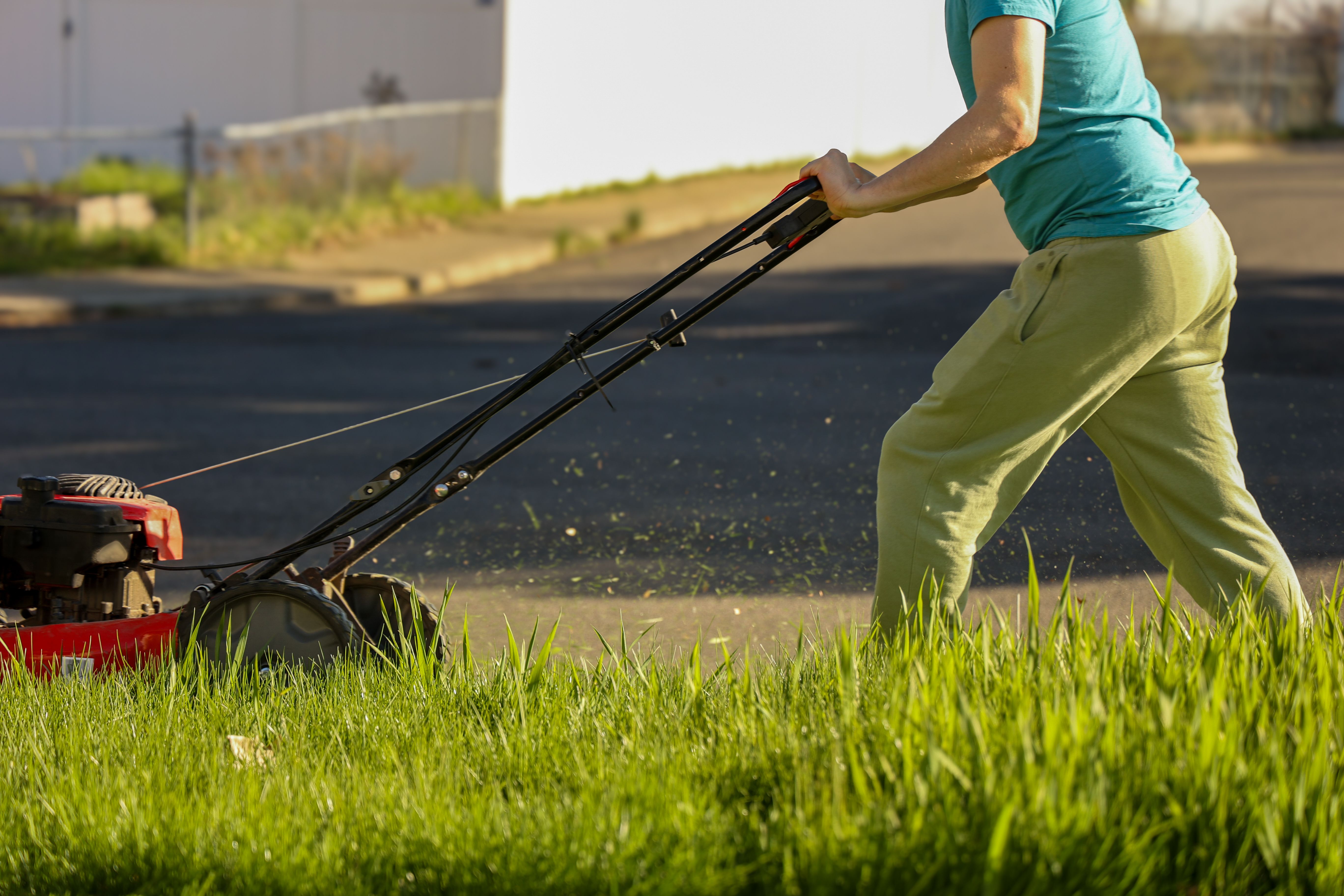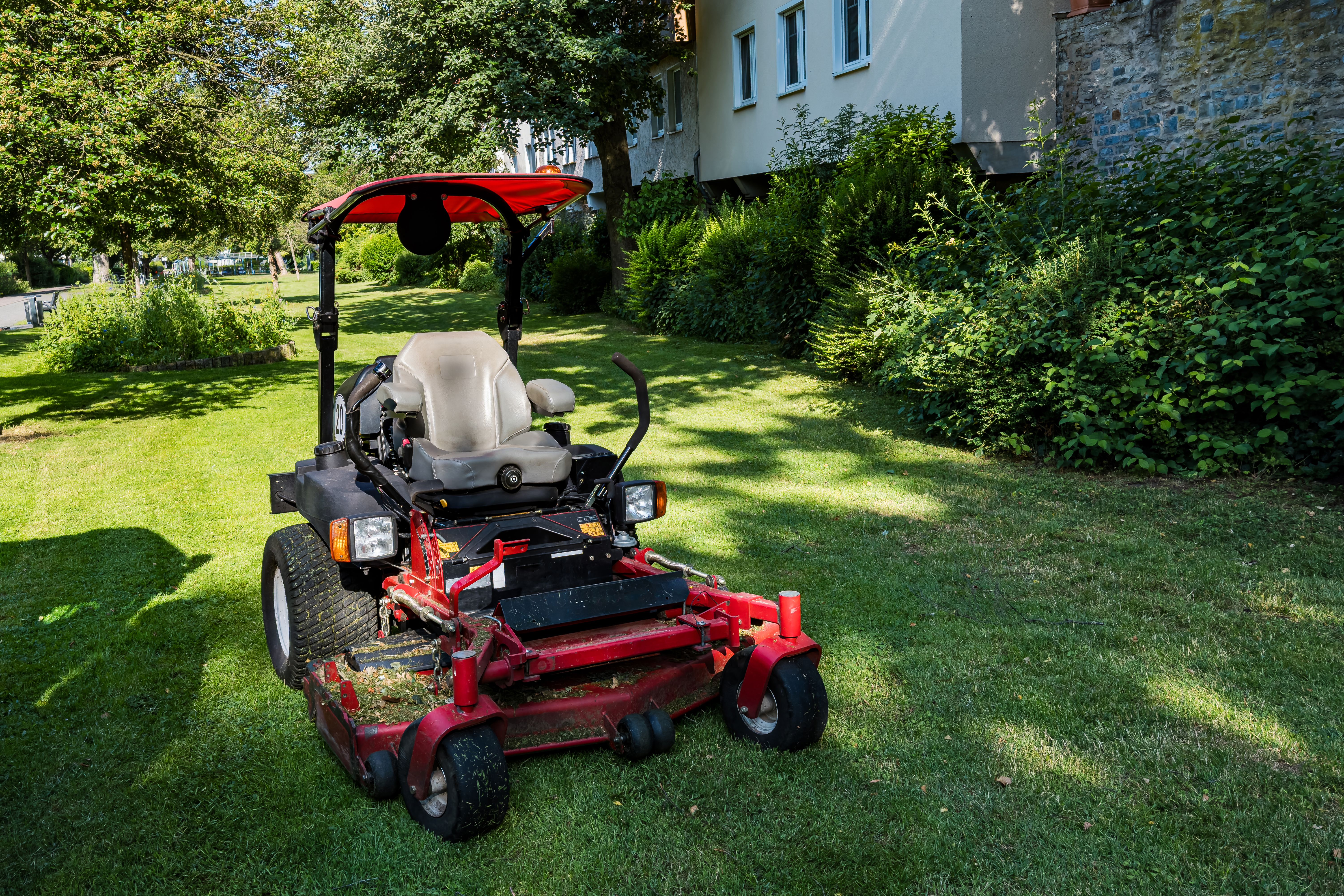Grass Mowing Frequency in North Carolina: What You Need to Know
Understanding Grass Types in North Carolina
In North Carolina, the climate can vary significantly from the coastal areas to the mountains, which means the grass types you'll encounter are quite diverse. Knowing your grass type is the first step in determining the optimal mowing frequency. The most common grass types in North Carolina include Bermuda, Zoysia, Tall Fescue, and Kentucky Bluegrass.

Bermuda and Zoysia Grass
Bermuda and Zoysia are warm-season grasses that thrive in the hotter parts of North Carolina. During their peak growing season, generally from late spring to early fall, these grasses may require mowing every 5 to 7 days. Keeping these grasses at a height of about 1 to 2 inches will ensure they remain healthy and lush.
Tall Fescue and Kentucky Bluegrass
Tall Fescue and Kentucky Bluegrass are cool-season grasses that perform best in the cooler regions of North Carolina. These grasses usually need mowing every 7 to 10 days during their growing seasons, which are typically in spring and fall. For these types, maintaining a height of 2.5 to 3.5 inches is ideal.

Seasonal Considerations for Mowing
Seasonal changes play a significant role in how often you should mow your lawn. In the spring, all grass types tend to grow more rapidly due to increased rainfall and cooler temperatures, necessitating more frequent mowing.
Summer Mowing Tips
During the hot summer months, grass growth may slow down, especially if there's a drought. It's important to avoid mowing during the hottest part of the day to prevent stressing the grass. Additionally, raising the mower blade slightly can help conserve moisture in the soil.

Fall and Winter Adjustments
As temperatures begin to drop in fall, cool-season grasses will experience another growth spurt, requiring more frequent mowing. However, as winter approaches, mowing frequency can be reduced significantly for all grass types as growth slows down or stops.
General Mowing Tips for a Healthy Lawn
Beyond understanding your grass type and seasonal changes, there are some general mowing practices that will help keep your lawn healthy:
- Sharpen Mower Blades: Dull blades can tear grass, leading to a ragged appearance and increased susceptibility to disease.
- Follow the One-Third Rule: Never cut more than one-third of the grass height at once to avoid stressing the plant.
- Vary Your Mowing Pattern: Changing your mowing direction each time helps prevent soil compaction and promotes upright growth.
Mowing your lawn correctly can make a significant difference in its health and appearance. By understanding the specific needs of your grass type and adjusting for seasonal variations, you'll be well on your way to achieving a lush, vibrant lawn throughout the year.
